 Shutterstock
Shutterstock
Before dogs were starring in commercials or going viral for stealing socks, they were being painted into masterpieces, carved into ancient temples, and whispered about in tales passed down through generations. Some breeds didn’t just win over hearts—they earned a place in legends. These dogs were more than companions; they were guardians of the underworld, royal muses, and divine messengers. Immortalized in art, myth, and lore, these breeds prove that humanity’s love for dogs isn’t just historical—it’s downright mythological. These pups had roles that would make today’s influencers jealous.
Greyhound
 Shutterstock
Shutterstock
The Greyhound has been gliding through ancient history with the same grace it uses to outrun every dog at the park. These elegant speedsters appear in Egyptian tomb paintings, Roman mosaics, and Renaissance portraits, often symbolizing loyalty, nobility, and speed. Pharaohs, kings, and noble families adored them—not just for their swiftness but for their regal looks. They’ve been the muse of poets and the muse of painters, effortlessly looking fabulous while doing absolutely nothing. If these dogs could sign autographs, their paw prints would be on ancient scrolls.
Saluki
 Shutterstock
Shutterstock
The Saluki is the canine equivalent of ancient royalty. Revered in Mesopotamia and Egypt, this breed was considered a gift from Allah and often mummified and buried alongside pharaohs. With their feathered ears and lean build, they look like they were hand-sculpted by a divine artist. They were often depicted in ancient carvings and art as sacred beings and hunting companions of nobility. Basically, the Saluki has been modeling for thousands of years—and they still look flawless.
Akita
 Shutterstock
Shutterstock
In Japanese folklore, the Akita represents strength, protection, and loyalty. Hachiko, the Akita who waited daily at a train station for his deceased owner, became a national symbol and was immortalized with a bronze statue and countless tear-jerking movies. But even before Hachiko, Akitas were associated with samurai and nobility, often portrayed in traditional Japanese paintings as brave guardians. These dogs are the stuff of legends—and they’ll make you cry even in stone.
Basenji
 Shutterstock
Shutterstock
Known as the “barkless dog,” the Basenji is featured in ancient Egyptian art and depicted on Babylonian artifacts. Their unique yodel-like sound and upright, alert posture made them prized hunters and sacred companions. Basenjis were often given as gifts to royalty, and their likeness appeared in tombs and sculptures. With their expressive eyes and curly tails, it’s easy to see why ancient artists couldn’t stop sketching them. They’re the silent film stars of the ancient world.
Tibetan Mastiff
 Shutterstock
Shutterstock
Tibetan Mastiffs look like they walked straight out of a myth—probably because they did. Revered in Himalayan cultures as temple guardians and spiritual protectors, they’re often associated with mythical lion-dogs and are believed to ward off evil spirits. Ancient thangka paintings and Tibetan tapestries sometimes depict these dogs as sacred beings with divine energy. They’re not just large—they’re legendary, like if a cloud and a lion had a holy baby.
Pharaoh Hound
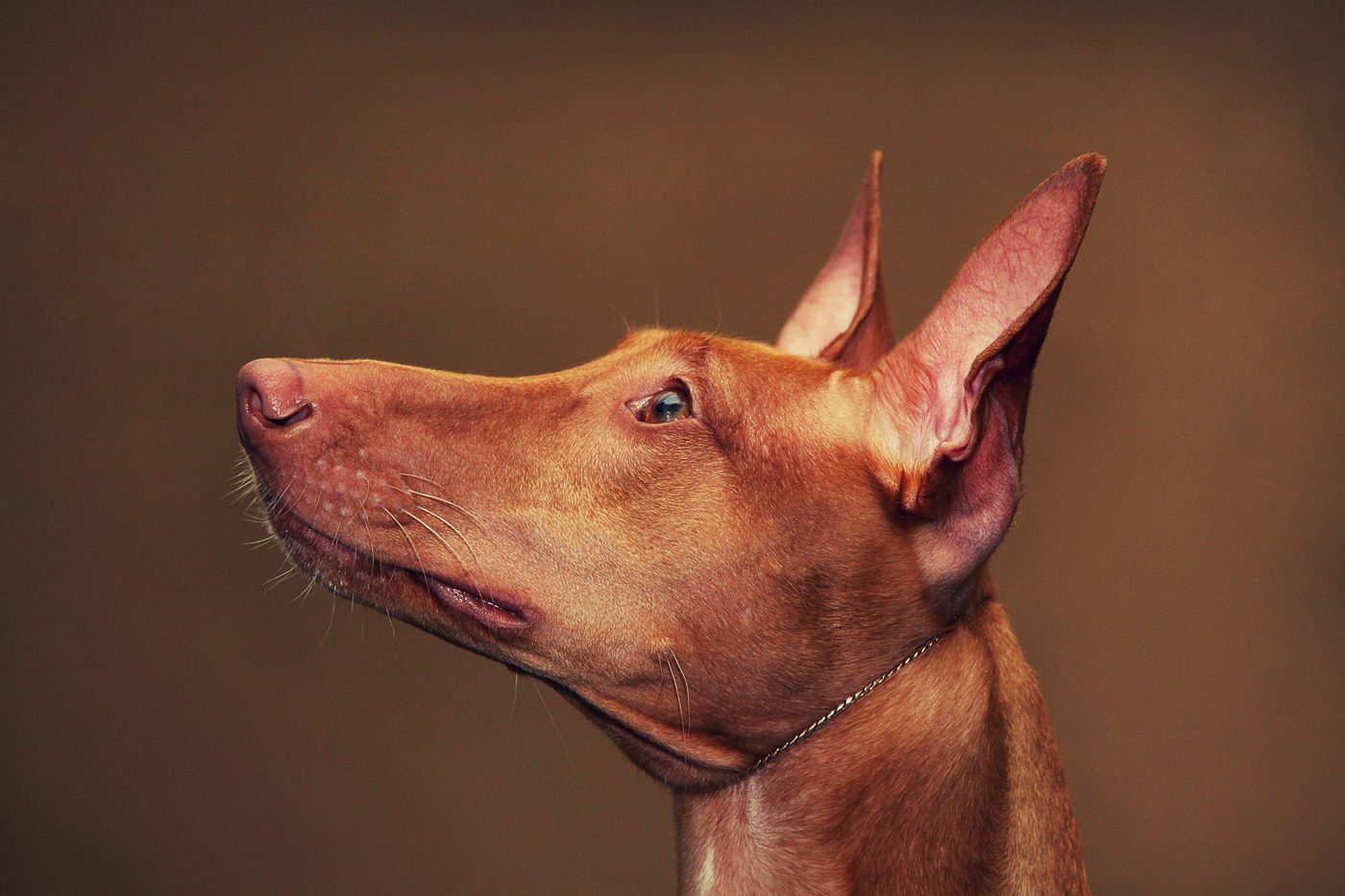 Shutterstock
Shutterstock
You’d think a dog called the Pharaoh Hound would be all over Egyptian art—and you’d be right. With their sleek build and amber glow, these dogs resemble the hounds seen in ancient tomb paintings and hieroglyphs. Although their Maltese roots add a twist to the tale, their association with ancient royalty remains strong. Pharaoh Hounds are graceful, expressive, and have a blush when excited, which is basically the ancient world’s version of stealing every scene.
Newfoundland
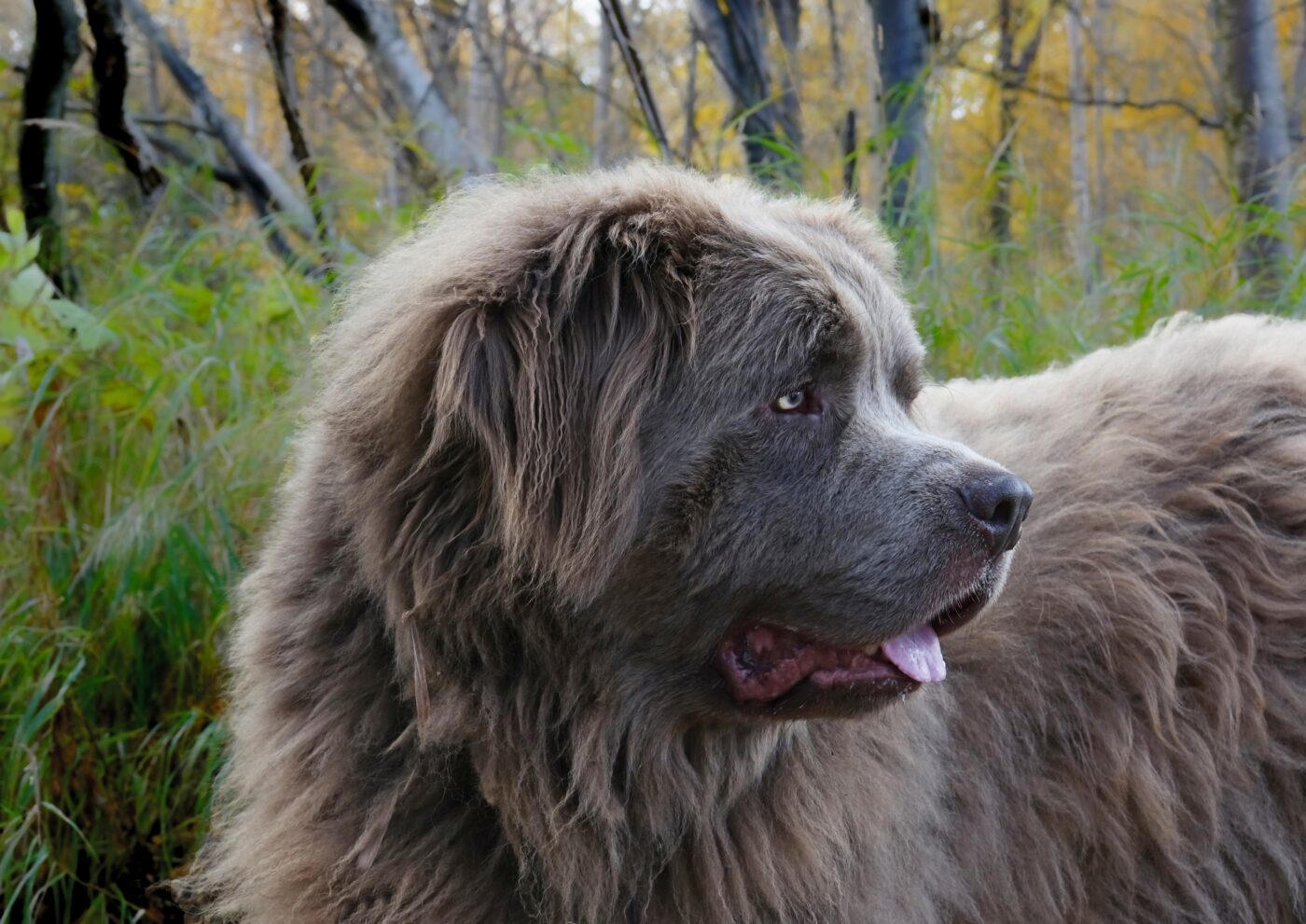 Shutterstock
Shutterstock
Newfoundlands have saved enough people from drowning to earn a place in maritime legend. They were beloved by seafarers and immortalized in seafaring paintings, heroic tales, and even literature. Their heroic image appears in 19th-century art, rescuing children and pulling lifeboats. They’ve got the strength of a lifeguard and the soul of a poet—basically the Hemsworth brothers of the dog world, but with more drool.
Irish Wolfhound
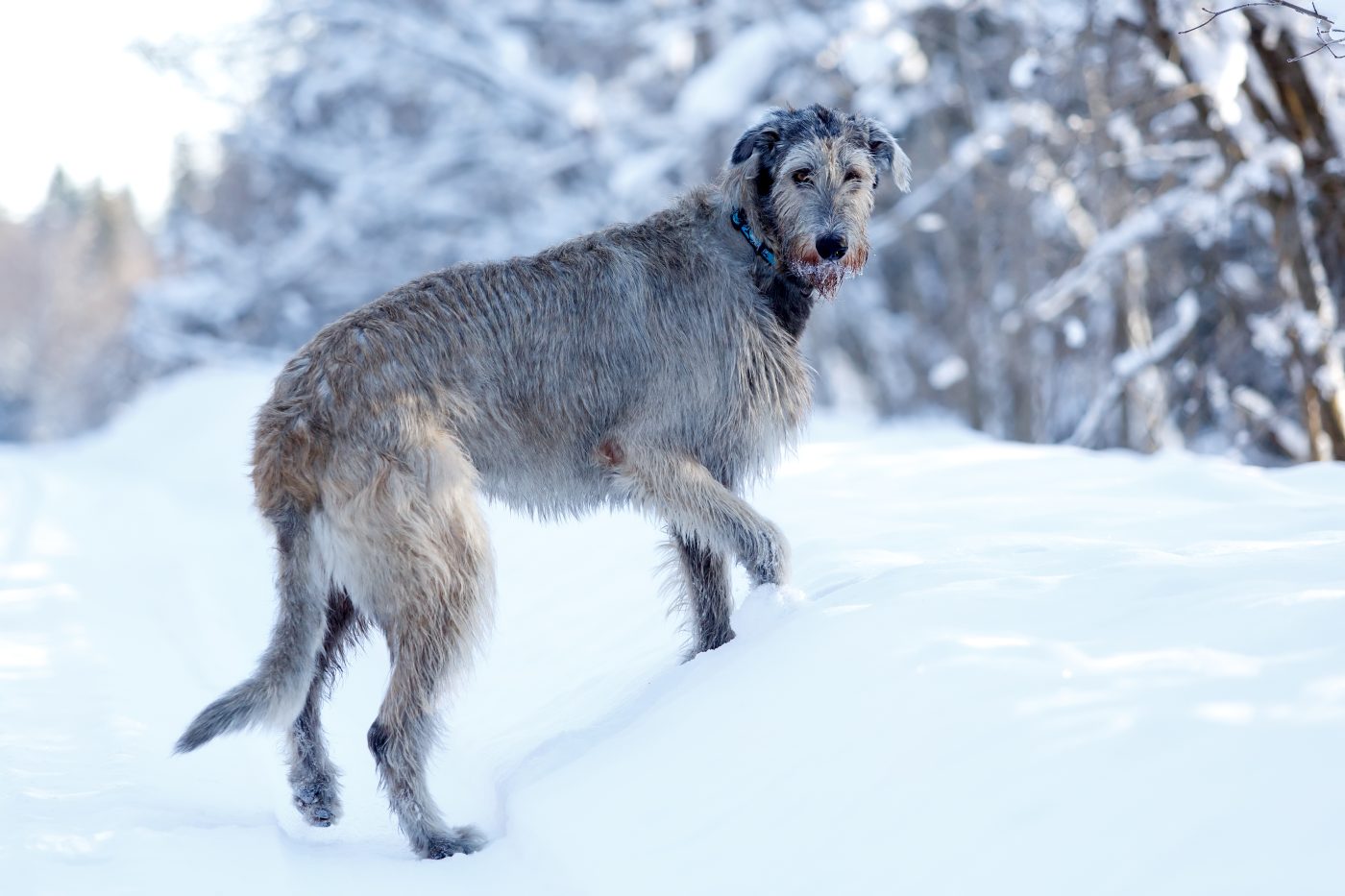 Shutterstock
Shutterstock
The Irish Wolfhound has roots in myth as deep as the foggy cliffs of its homeland. These towering dogs were once prized warriors and are frequently mentioned in Celtic legends and poetry. In Irish mythology, they were companions to heroes and protectors of gods, sometimes appearing as symbolic figures of bravery. Artists through the centuries have rendered them as stoic, mystical figures, always poised, always heroic. If a dog could wield a sword, it’d be this one.
Chinese Shar-Pei
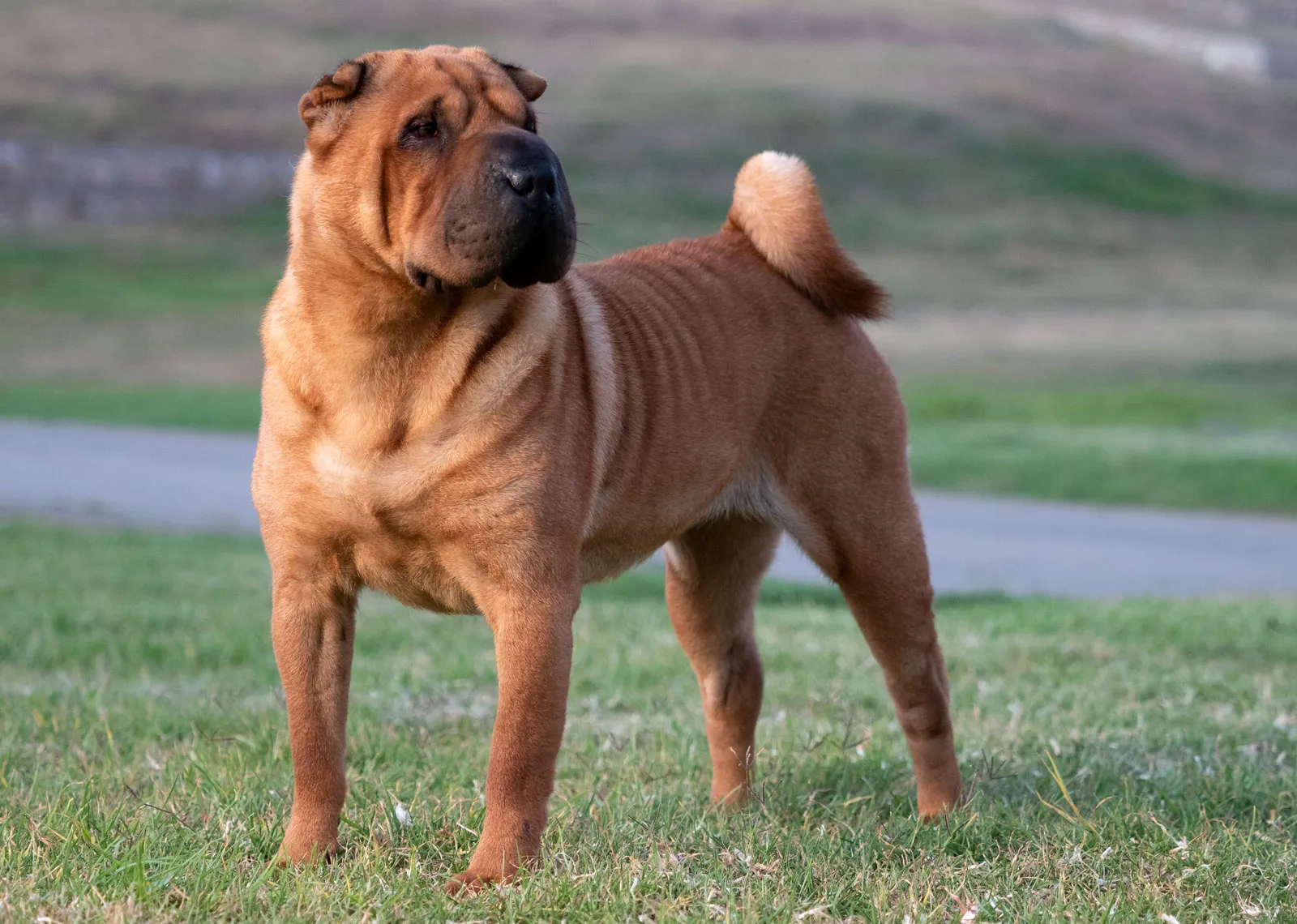 Shutterstock
Shutterstock
Shar-Peis, with their deeply wrinkled faces and serious expressions, have been depicted in ancient Chinese art and pottery as symbols of good fortune and guardianship. Originally used as palace protectors and farm defenders, they earned a place in folklore for their loyalty and battle prowess. Some scrolls even depict them as spiritual protectors that ward off evil. Let’s be real—any dog that looks like a wise monk in a bathrobe deserves legendary status.
Borzoi
 Shutterstock
Shutterstock
The Borzoi, or Russian Wolfhound, graced the palaces of the Russian aristocracy and found their way into regal oil paintings and imperial tapestries. With their long, flowing coats and elegant posture, they were considered symbols of refinement and grace. Russian artists often depicted them lounging near czars or dashing through snowy landscapes in grand hunting scenes. The Borzoi is the romantic lead in a period drama that just happens to have four legs and incredible hair.
Rottweiler
 Shutterstock
Shutterstock
These powerful protectors go way back to Roman times when they were used as herding dogs and war dogs. Rottweilers appear in medieval European art and are often associated with strength, loyalty, and guardianship. They’ve inspired tales of heroic acts and appeared in paintings standing guard beside their people. Their stoic demeanor and fearless loyalty make them the knight in furry armor we didn’t know we needed.
Samoyed
 Shutterstock
Shutterstock
Fluffy and perpetually smiling, Samoyeds were beloved by the indigenous Samoyedic people and appear in Russian folklore as loyal companions and protectors. Their white, fluffy coats often appear in Arctic-themed art, symbolizing purity, endurance, and companionship. Legends told of their warmth-saving abilities and their tendency to curl around sleeping humans on cold nights. If you need a magical snow dog in your epic tale, this is your guy.
Shiba Inu
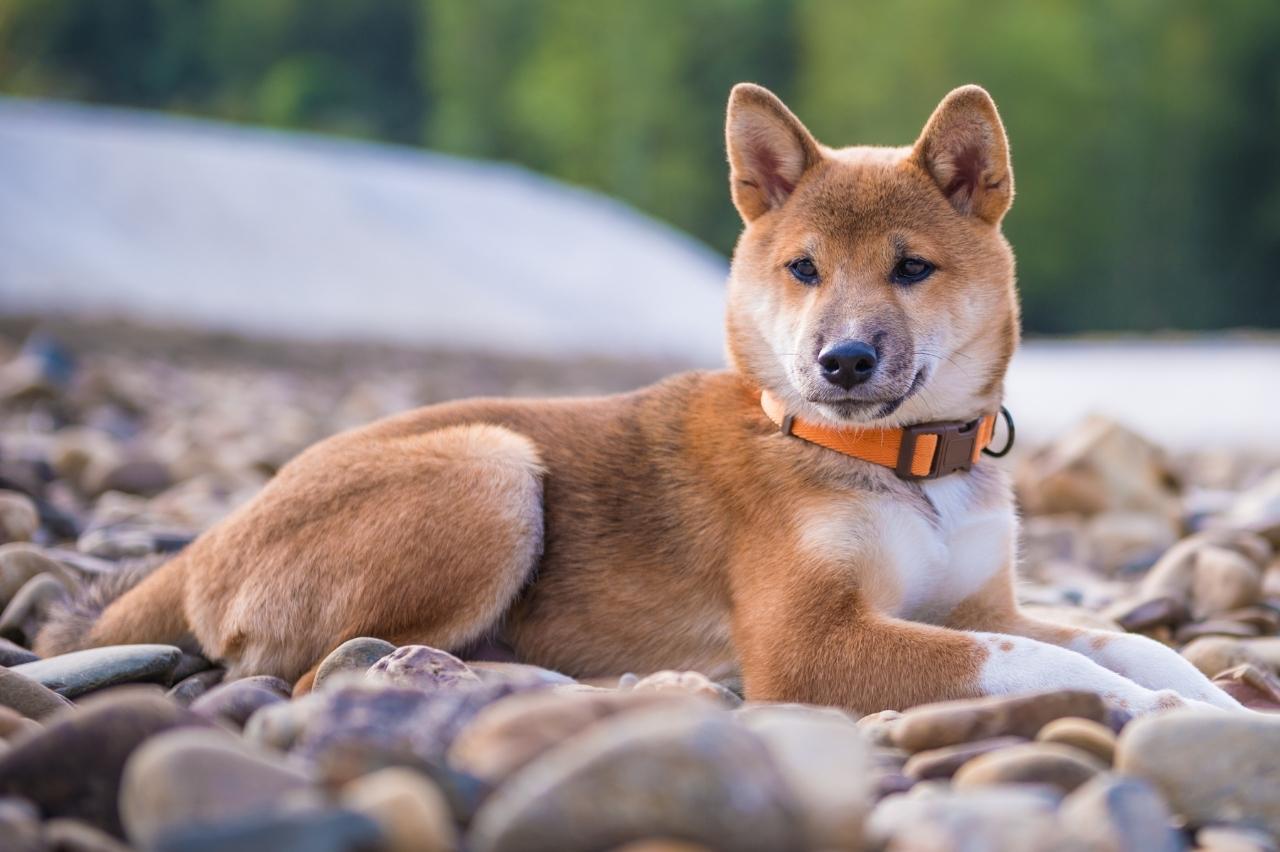 Shutterstock
Shutterstock
Japan’s fox-like Shiba Inu has appeared in countless prints, artworks, and woodblock illustrations throughout history. Their agile bodies and keen intelligence earned them places in hunting tales and mountain myths. They were believed to have spiritual significance in some traditions, acting as protectors and even trickster figures. With that face, that confidence, and that meme-worthy attitude, they’re legends who walked straight from folklore into internet fame.
Pekingese
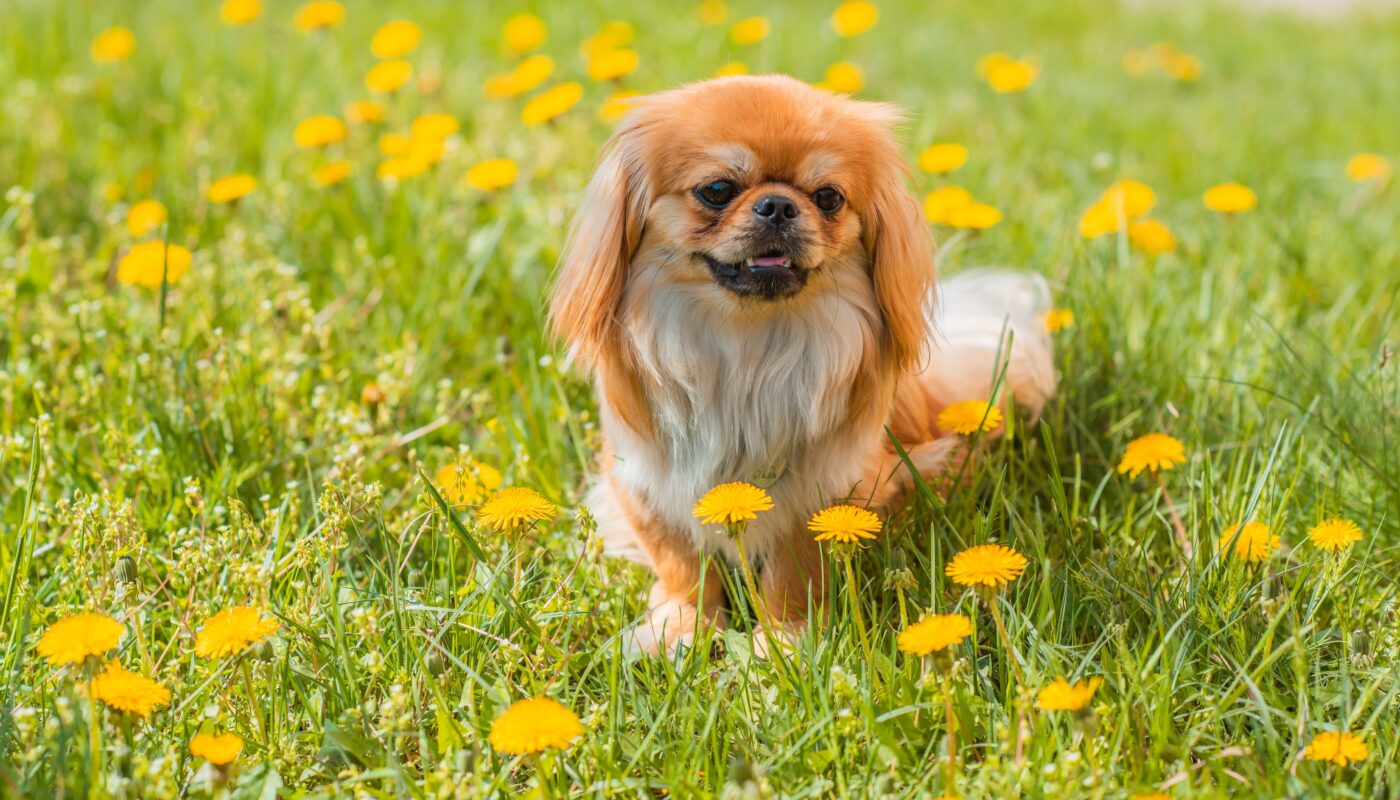 Shutterstock
Shutterstock
These toy lions of imperial China were once exclusive to the royal court and treated like divine beings. Their likeness appears in silk paintings, tapestries, and even bronze statues. It was believed they were sacred companions, embodying both charm and cosmic importance. They were considered royal treasures—rumor has it that people bowed to them. And honestly, if a Pekingese demanded tribute today, we’d probably hand over the snacks.
Alaskan Malamute
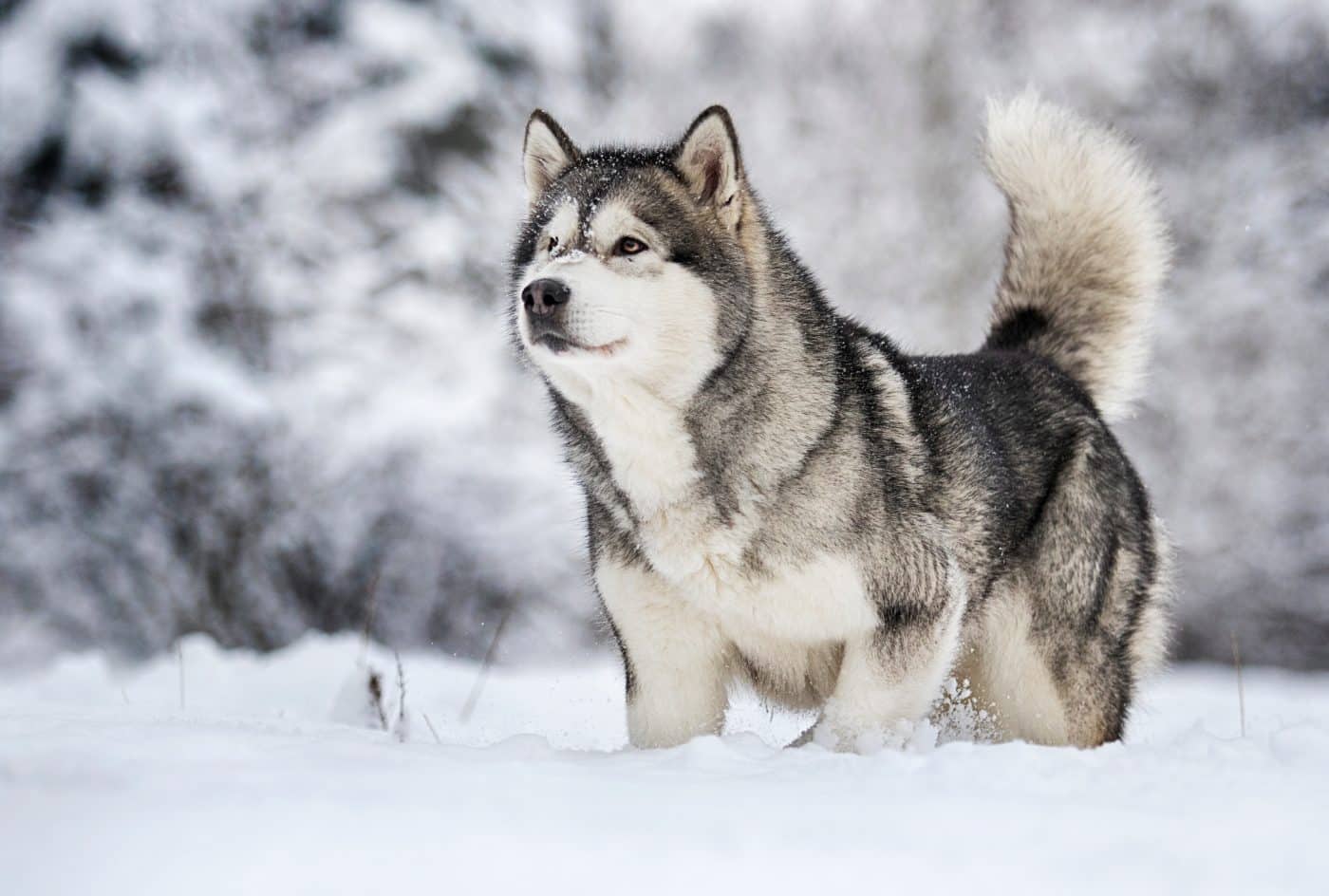 Shutterstock
Shutterstock
The Alaskan Malamute is a powerhouse of legend, appearing in tales of Arctic survival and indigenous myths. They were believed to carry the strength of the spirits and were essential to life in the harsh northern wilderness. Stories and carvings often featured them pulling sleds, guiding hunters, and braving impossible weather. These dogs aren’t just majestic—they’re the embodiment of strength, endurance, and fluff you can’t ignore.
The Dogs That Put The “Myth” In Mythical Good Boys
 Shutterstock
Shutterstock
Forget social media fame and influencer pups—these legendary breeds had fans before fans were even a thing. They weren’t just loyal companions; they were protectors of kings, partners to gods, and the original muses of ancient artists. With every noble glance and heroic deed, they earned their place in myth and masterpieces. Their names might not trend online, but their paw prints are etched into the very fabric of history. Most of them had better résumés than half the ancient nobility.

 1 week ago
11
1 week ago
11











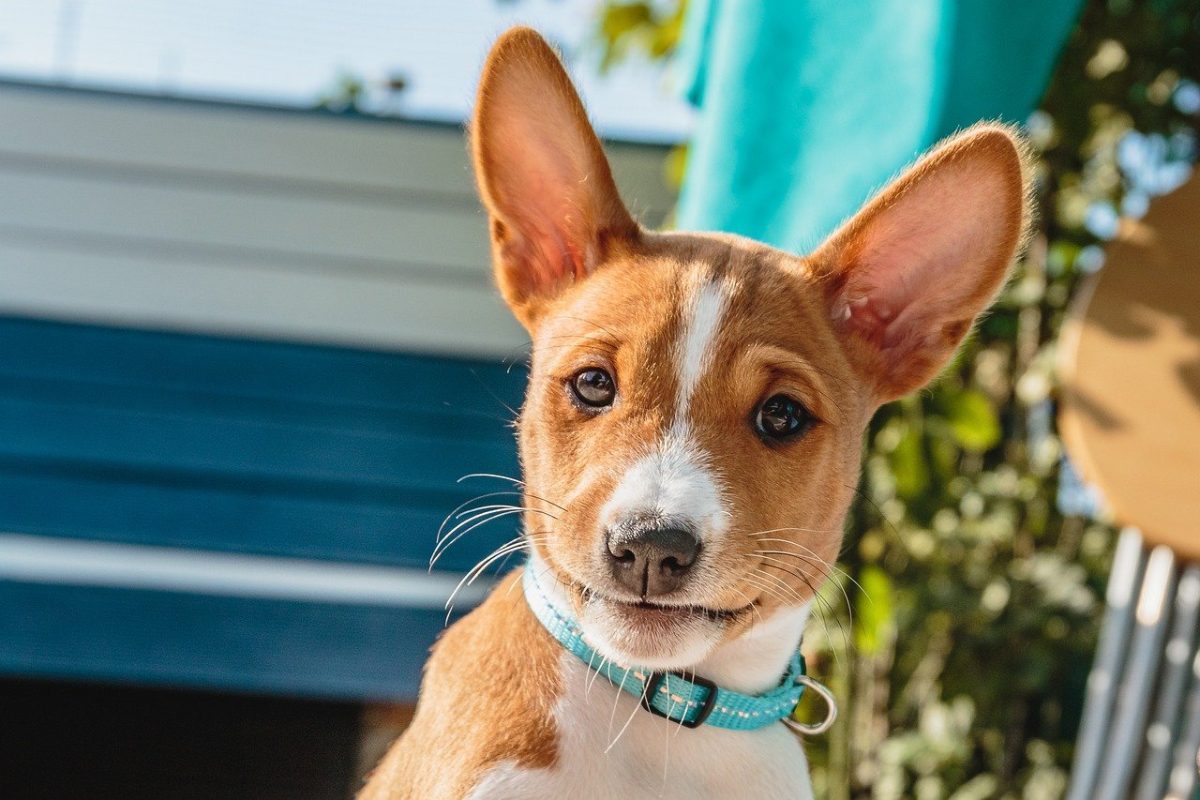
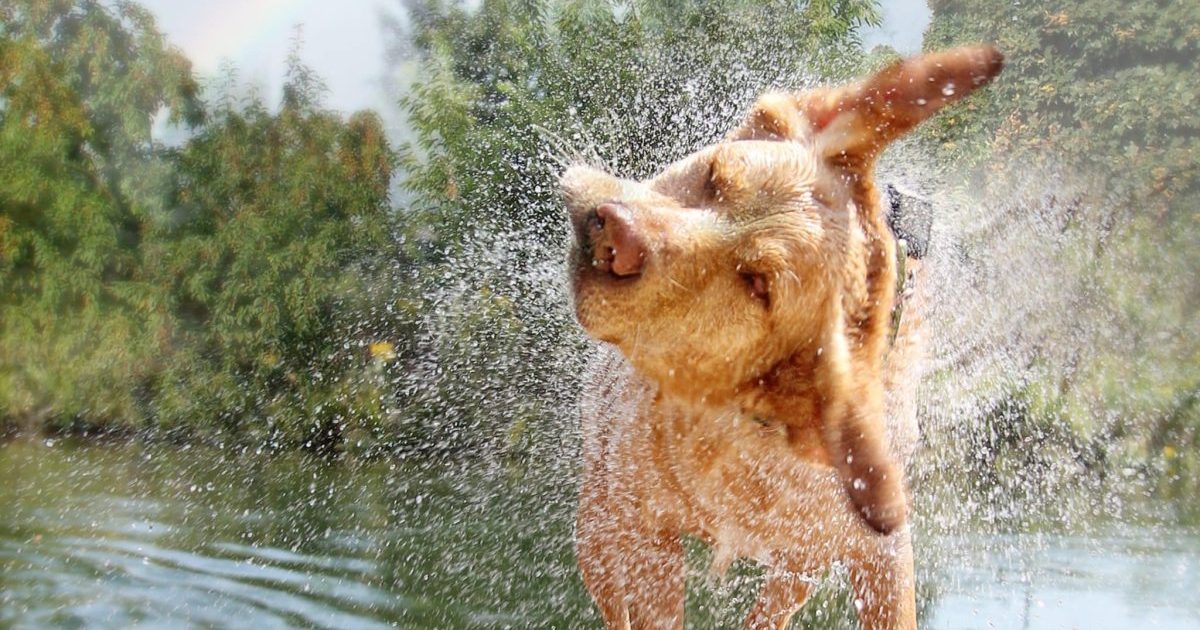

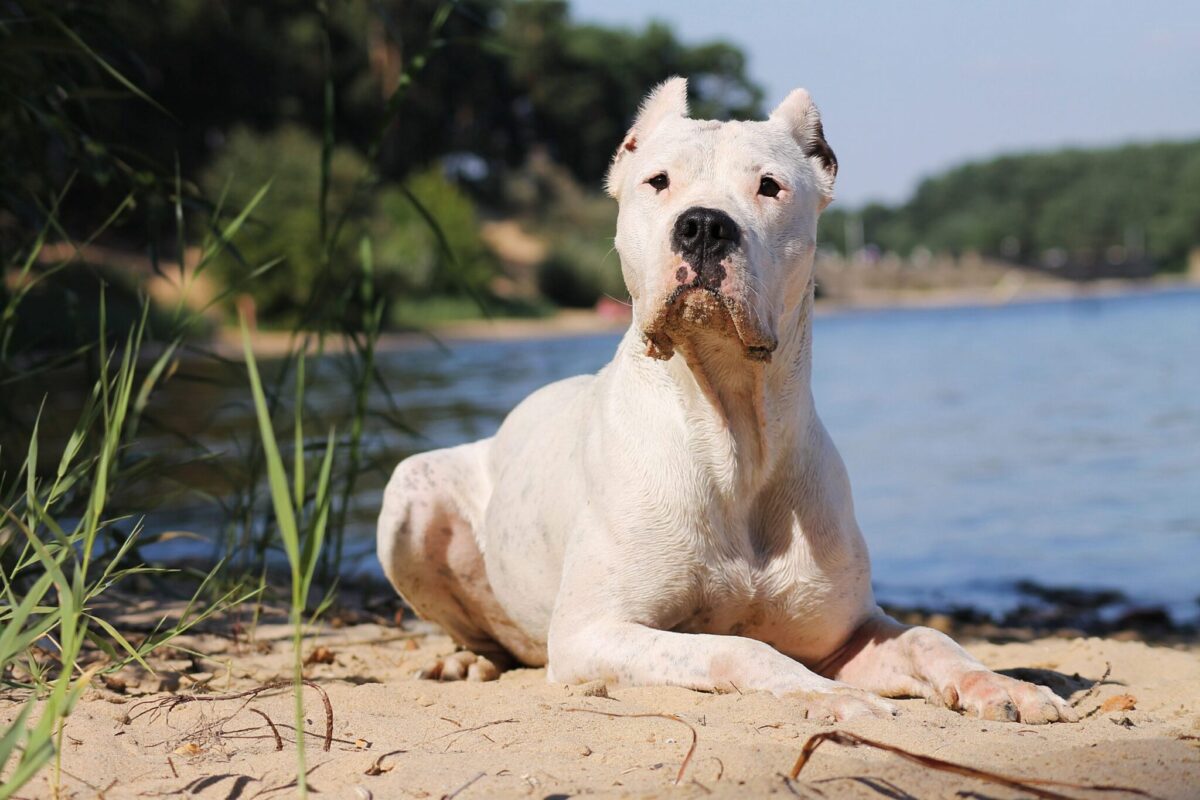

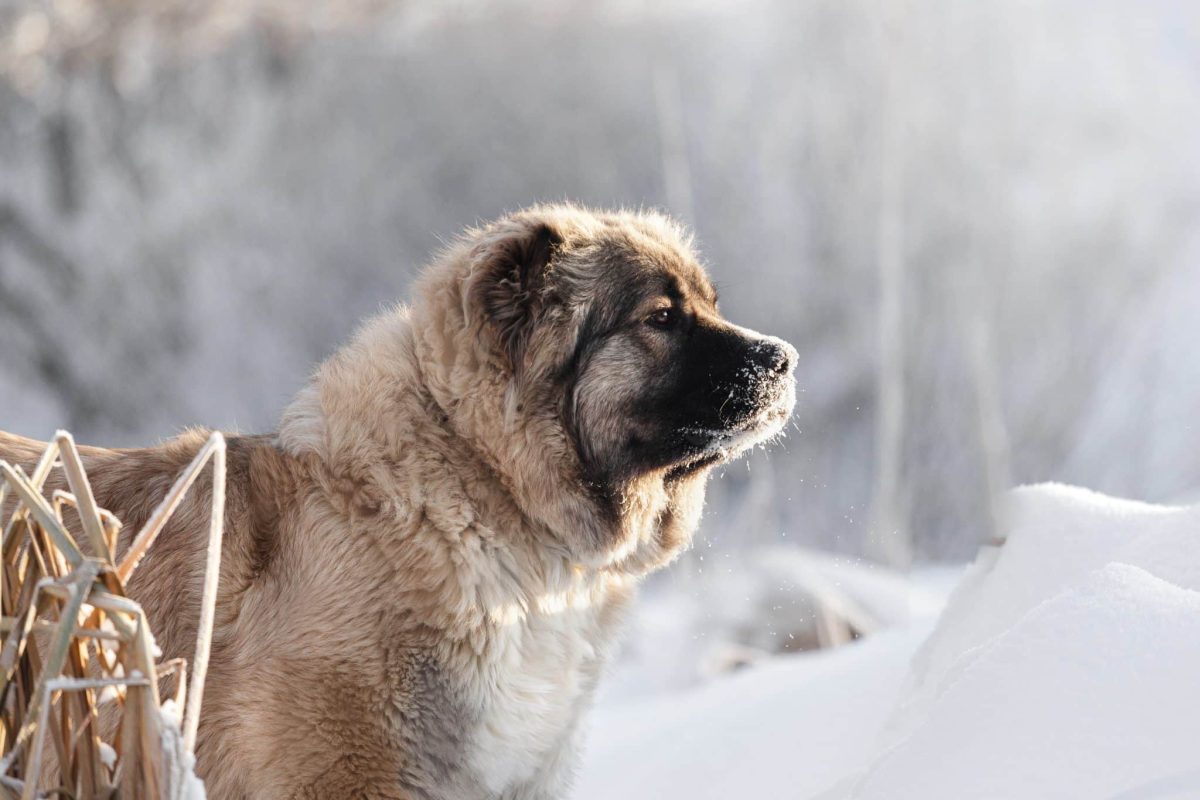
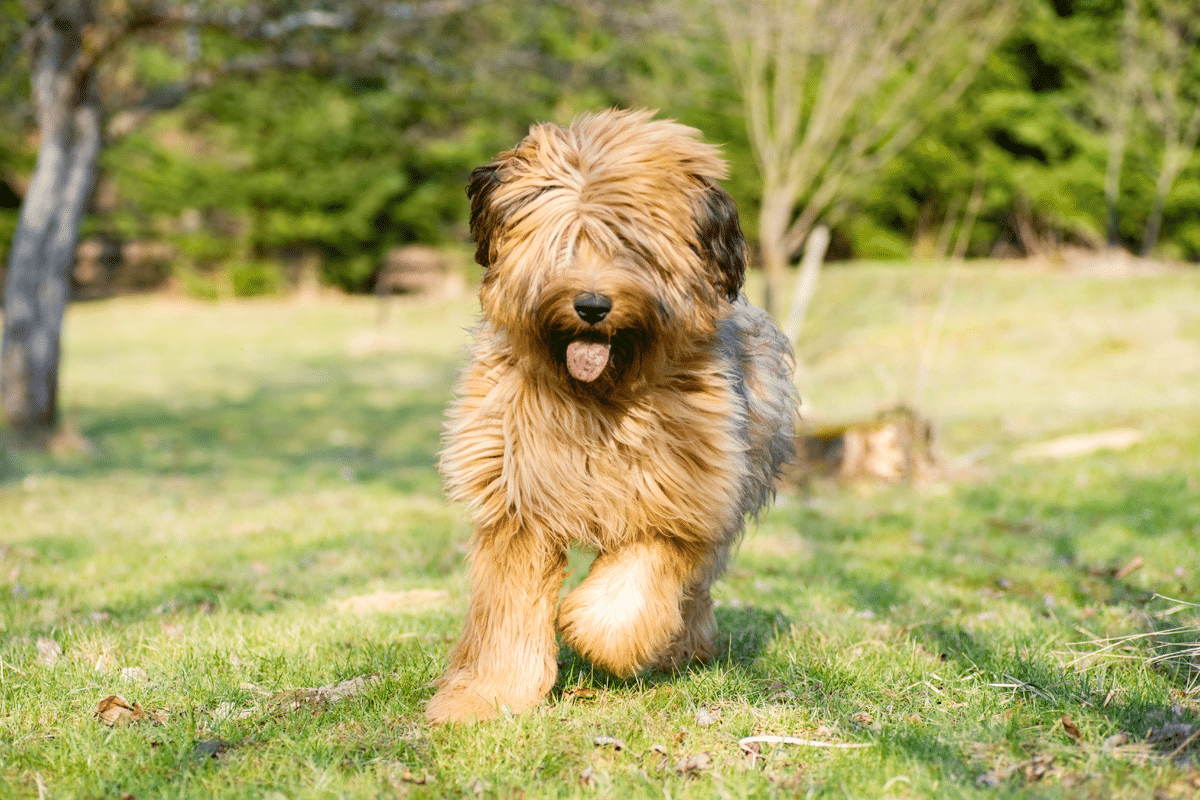
 English (US) ·
English (US) ·